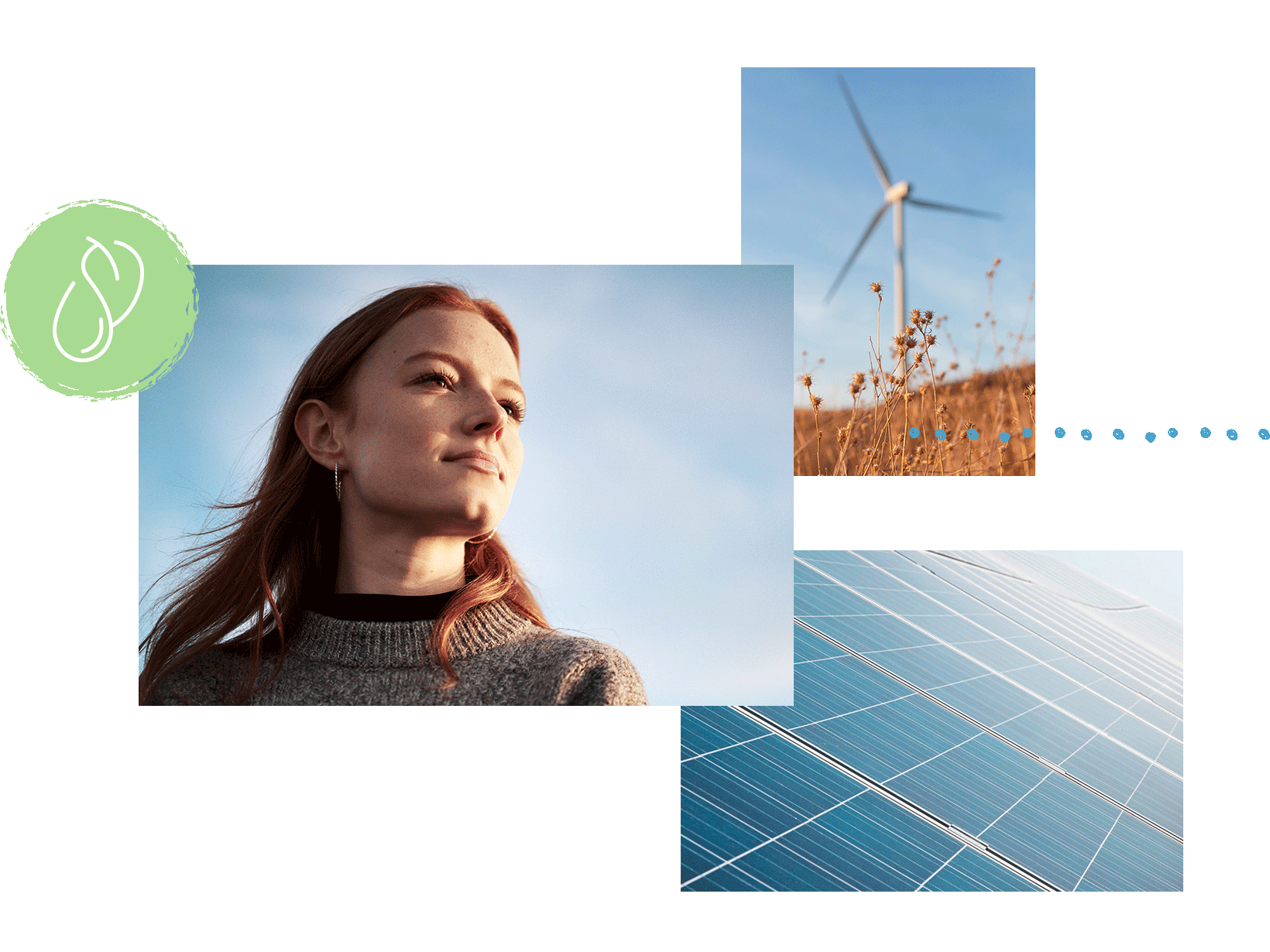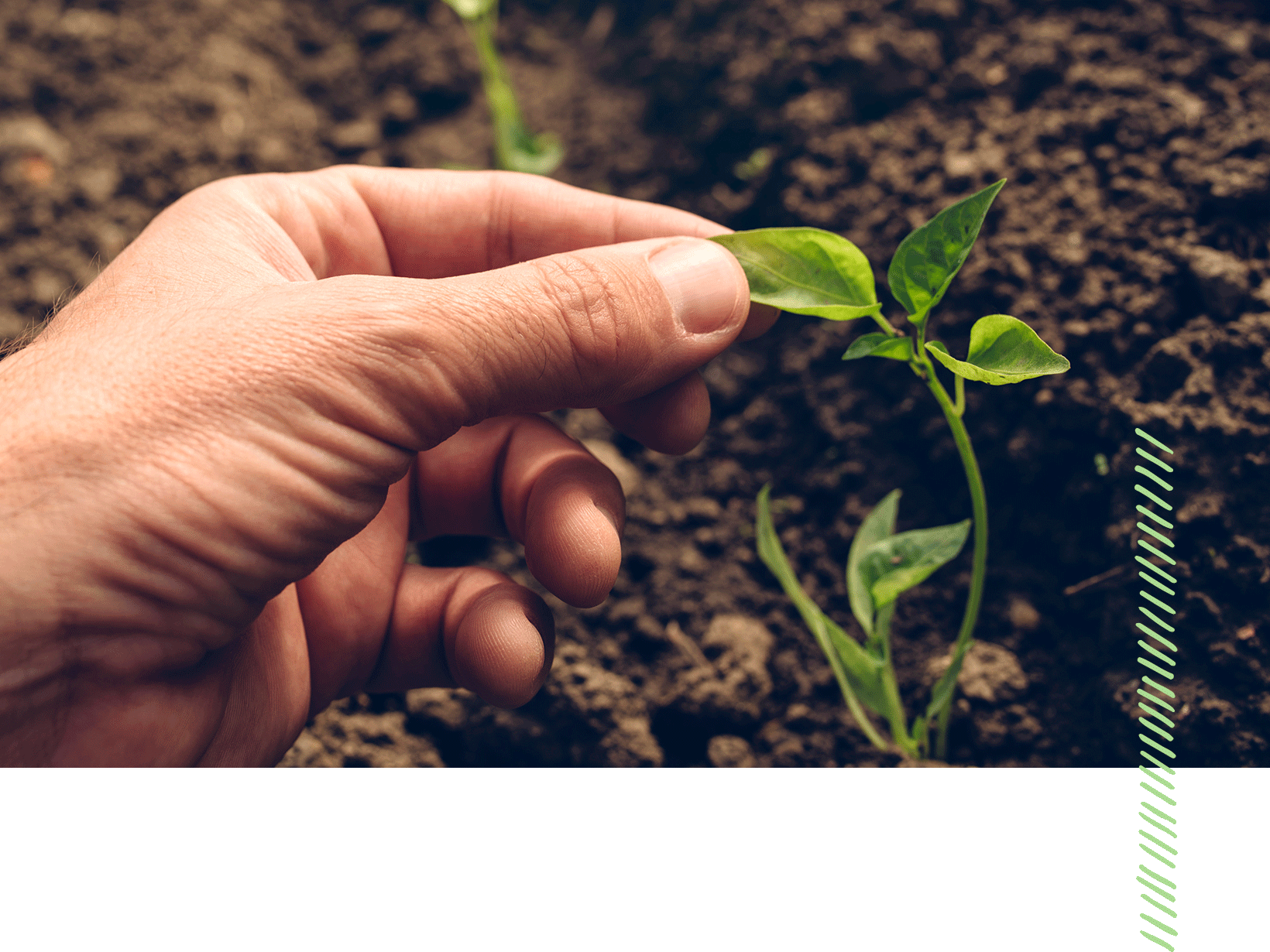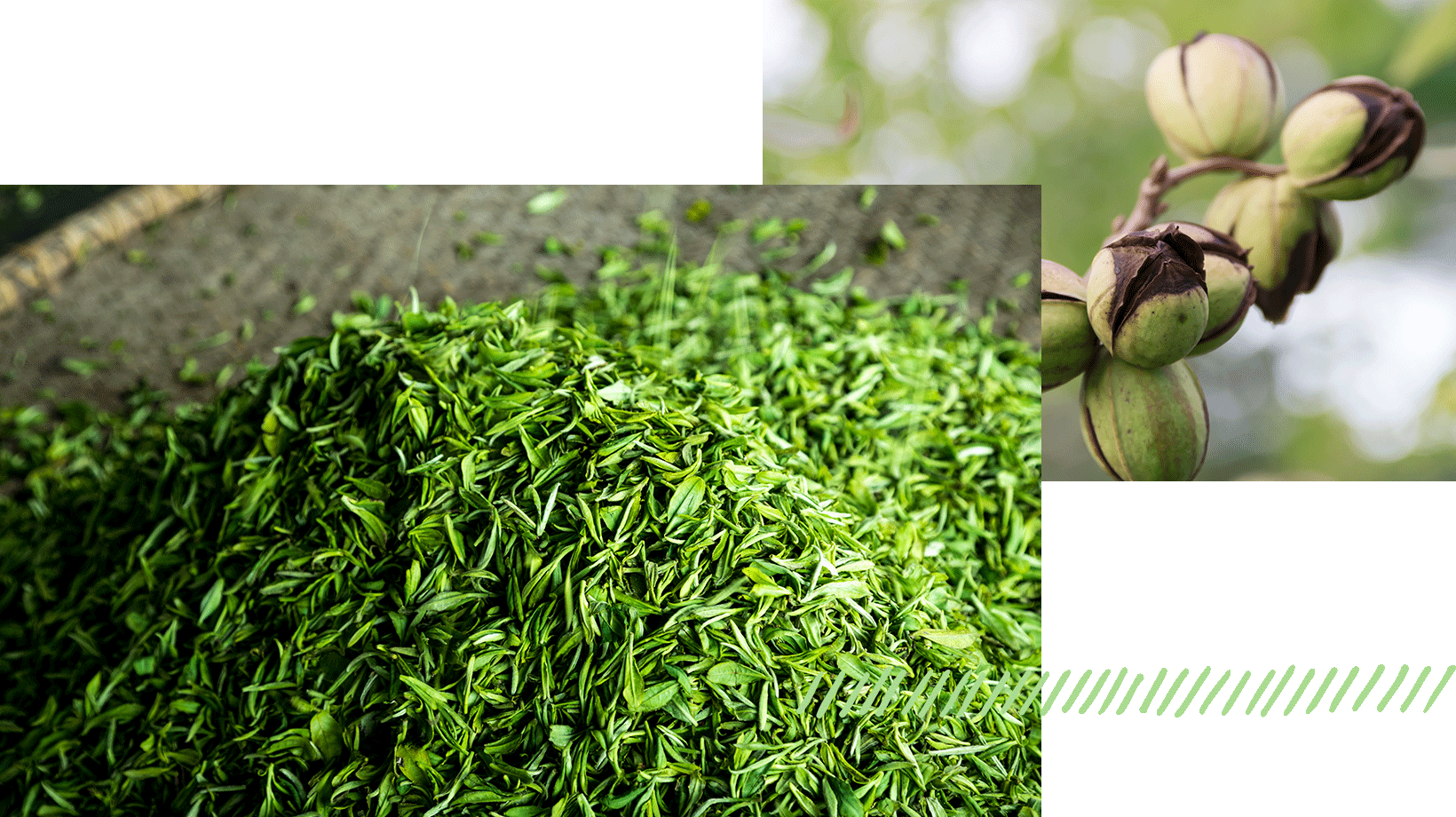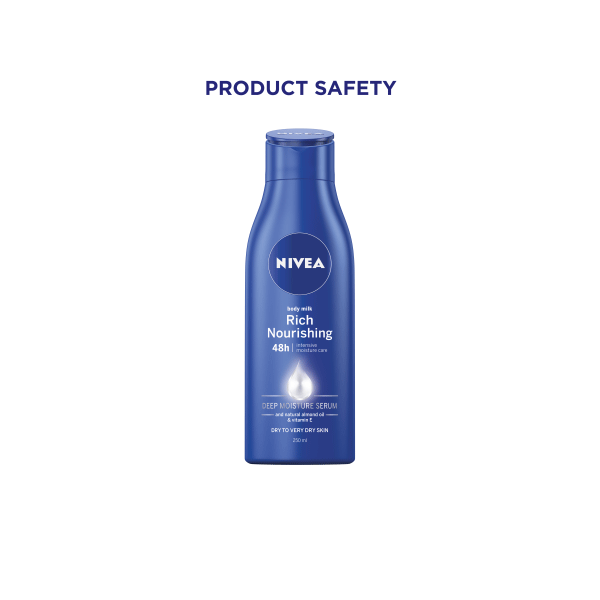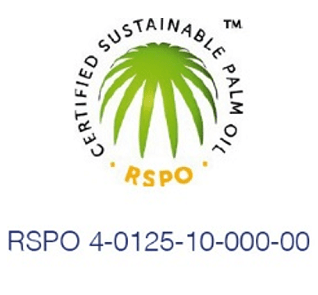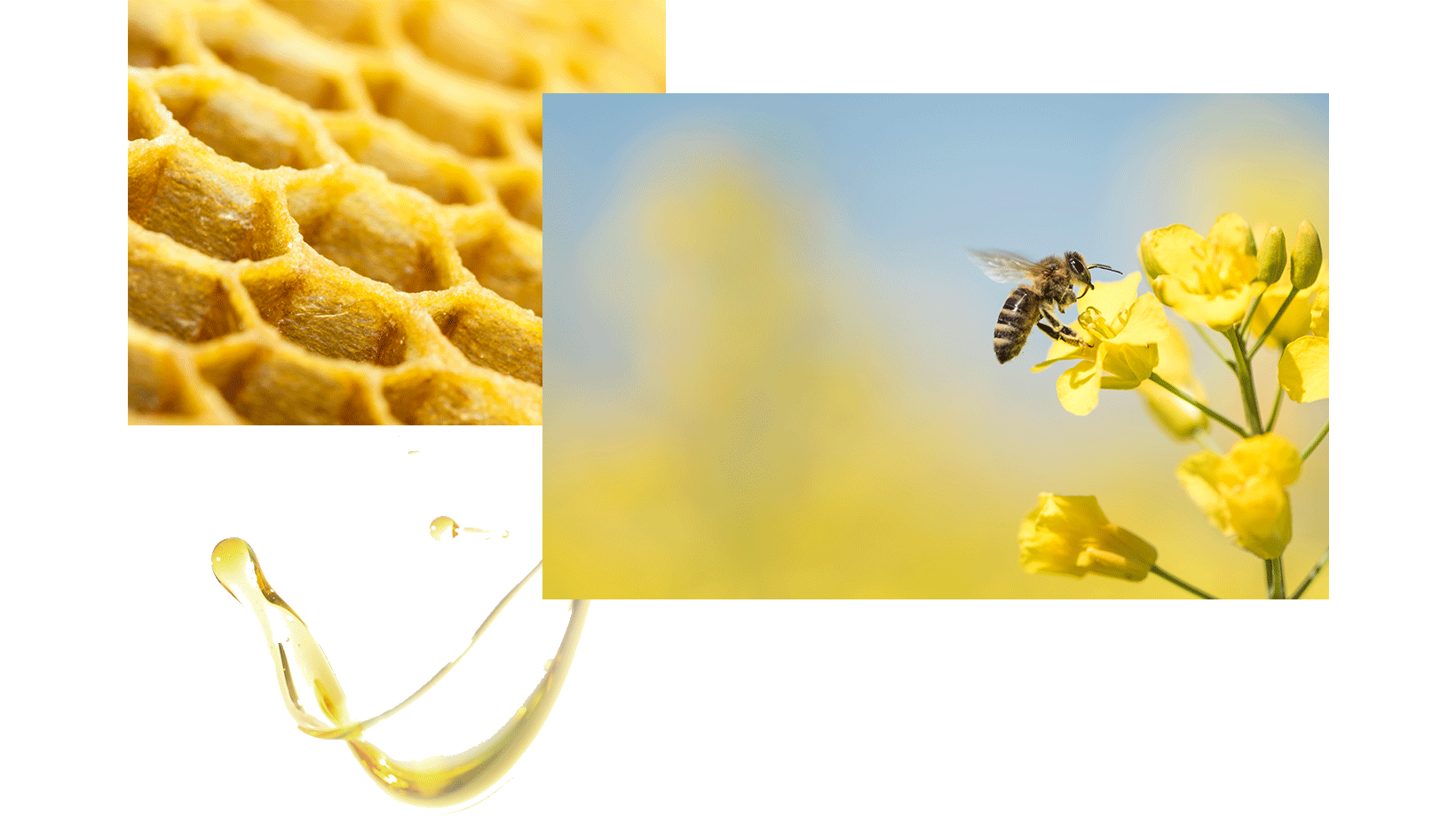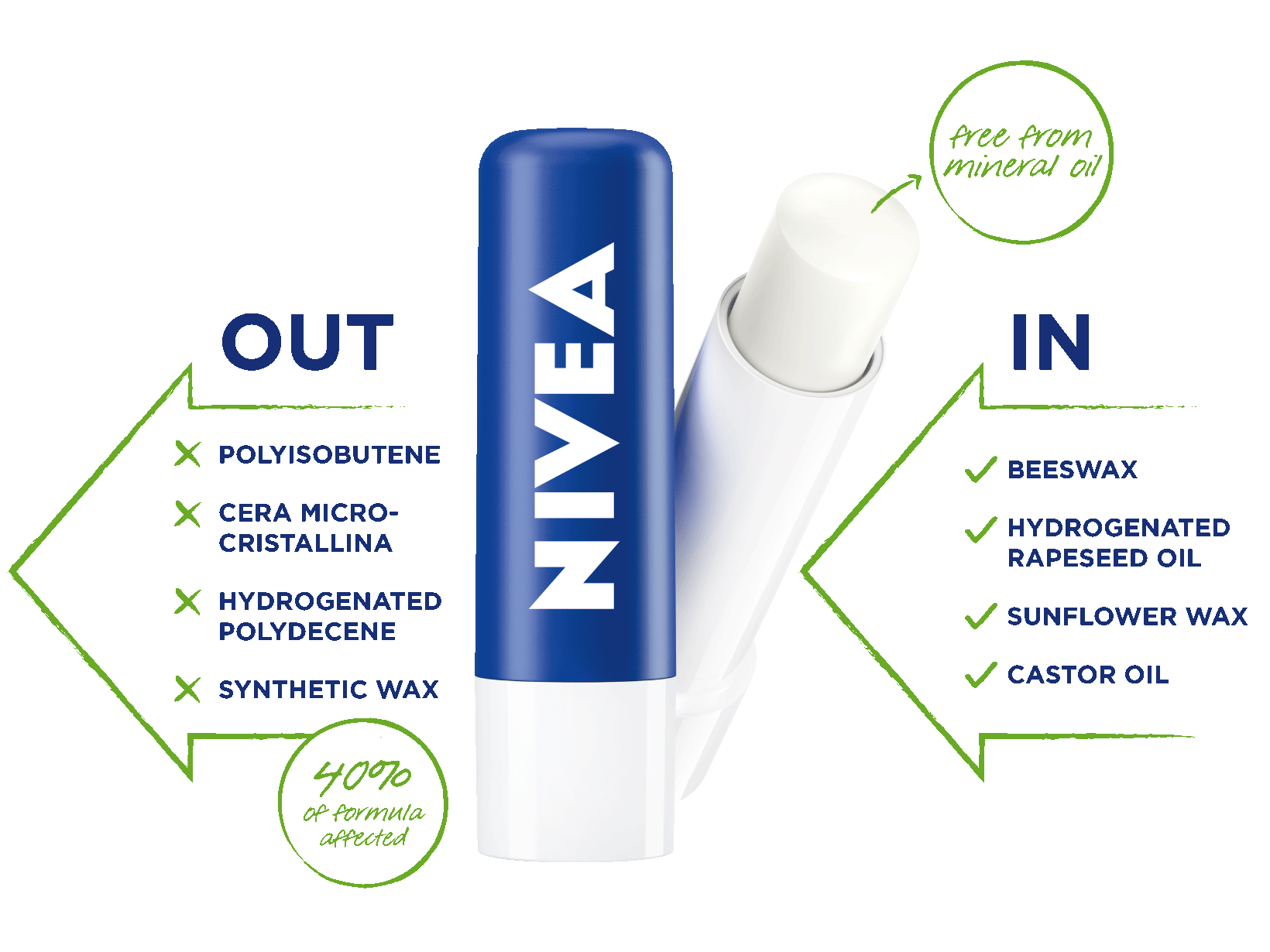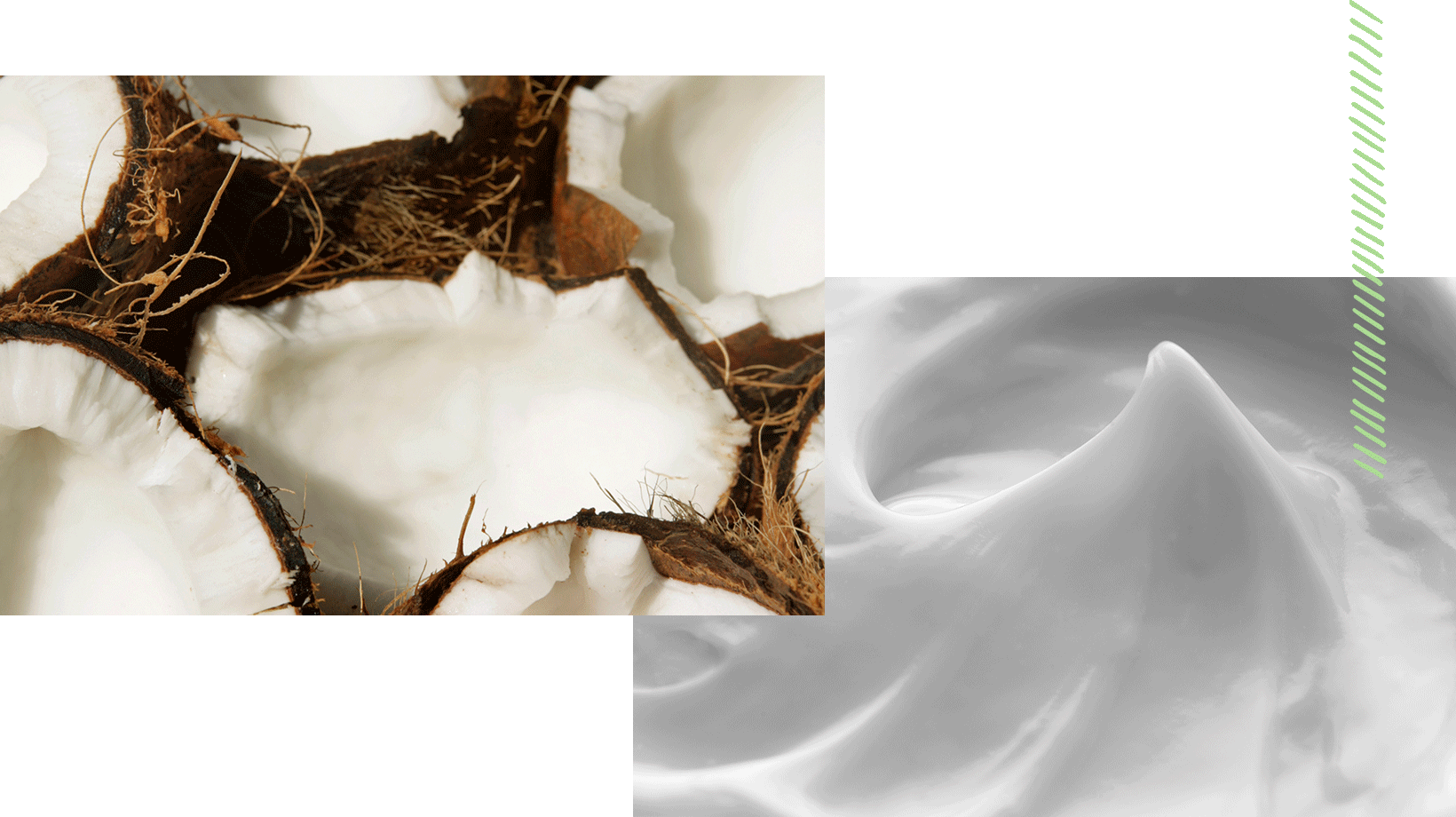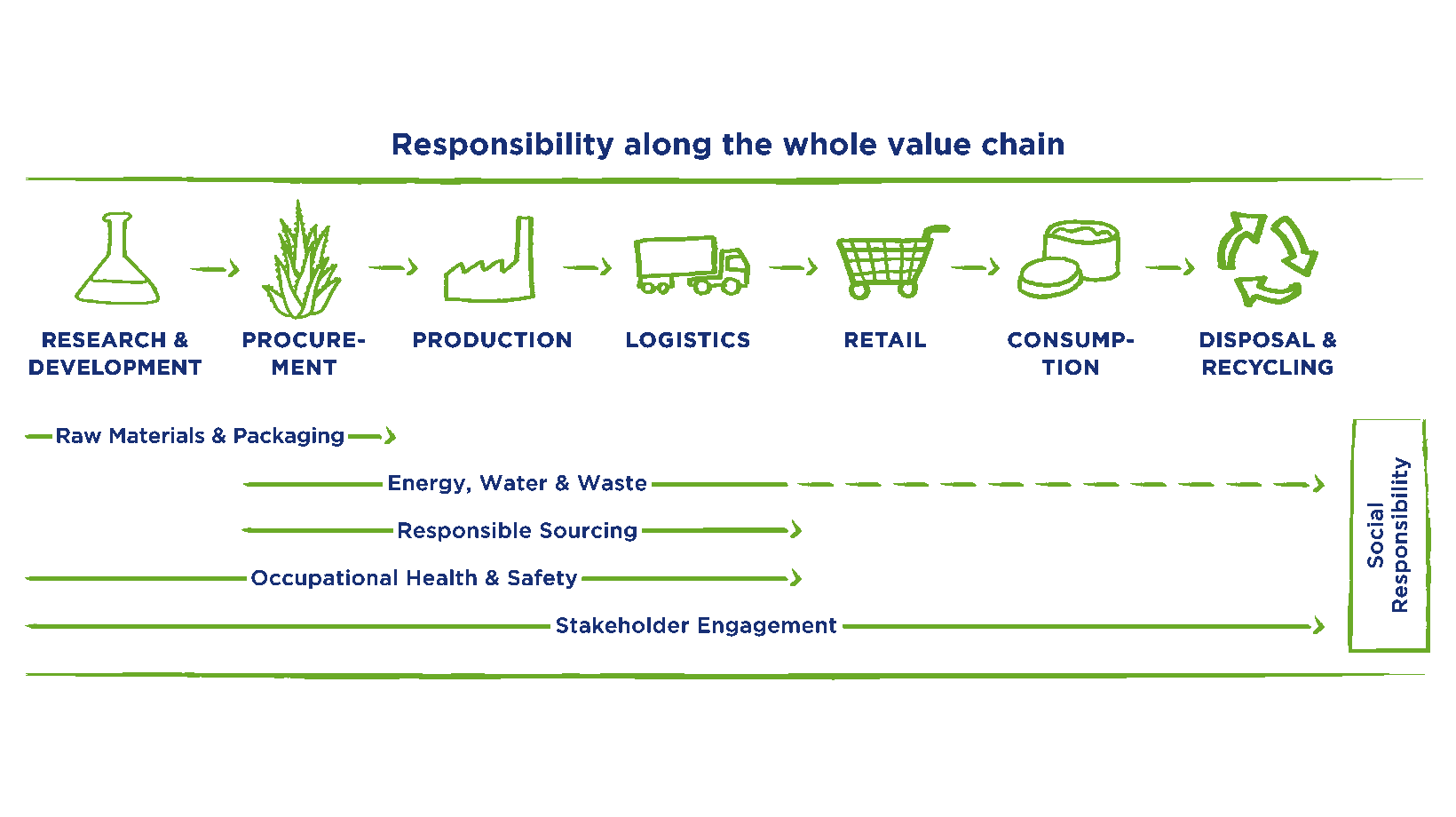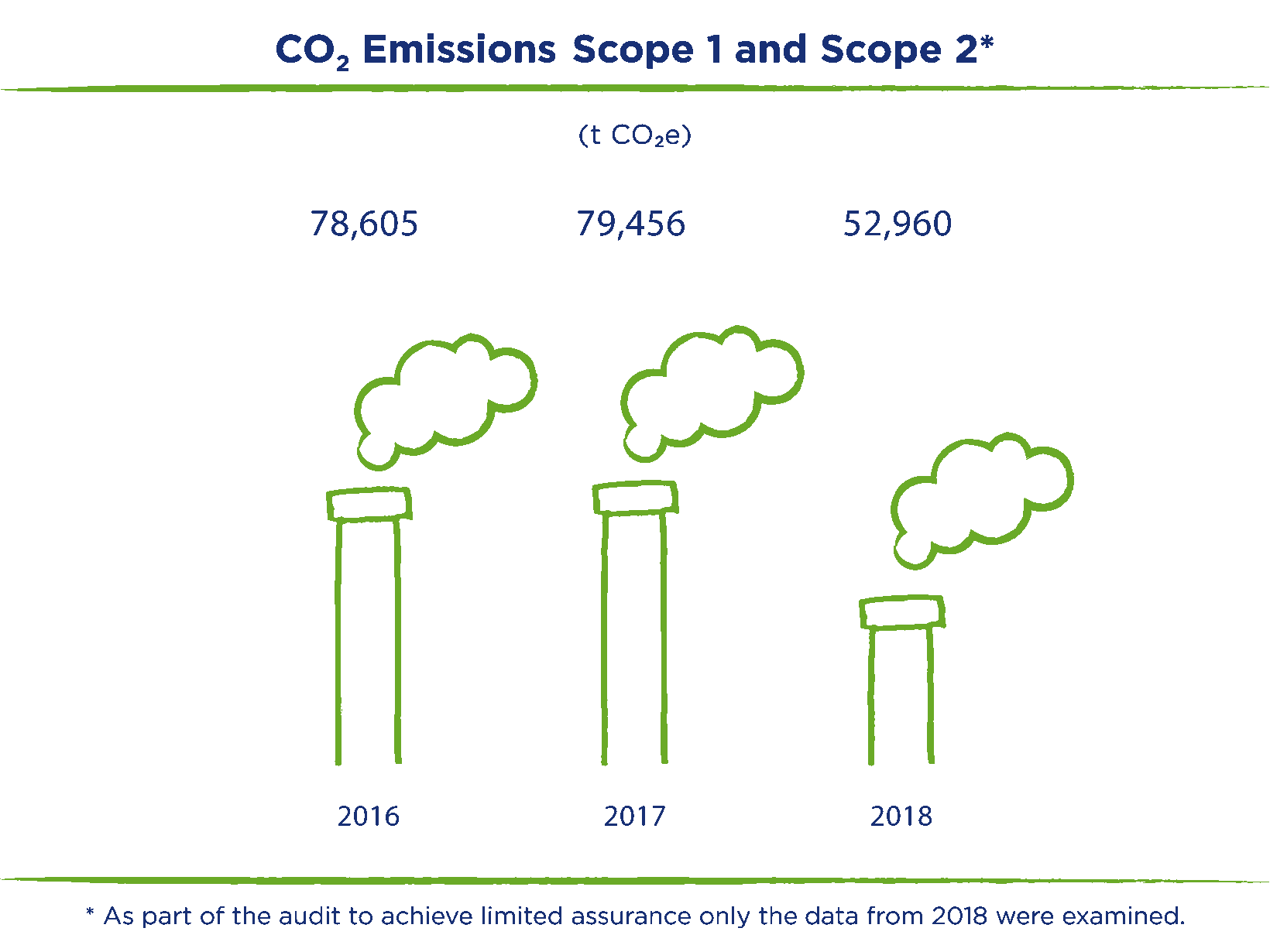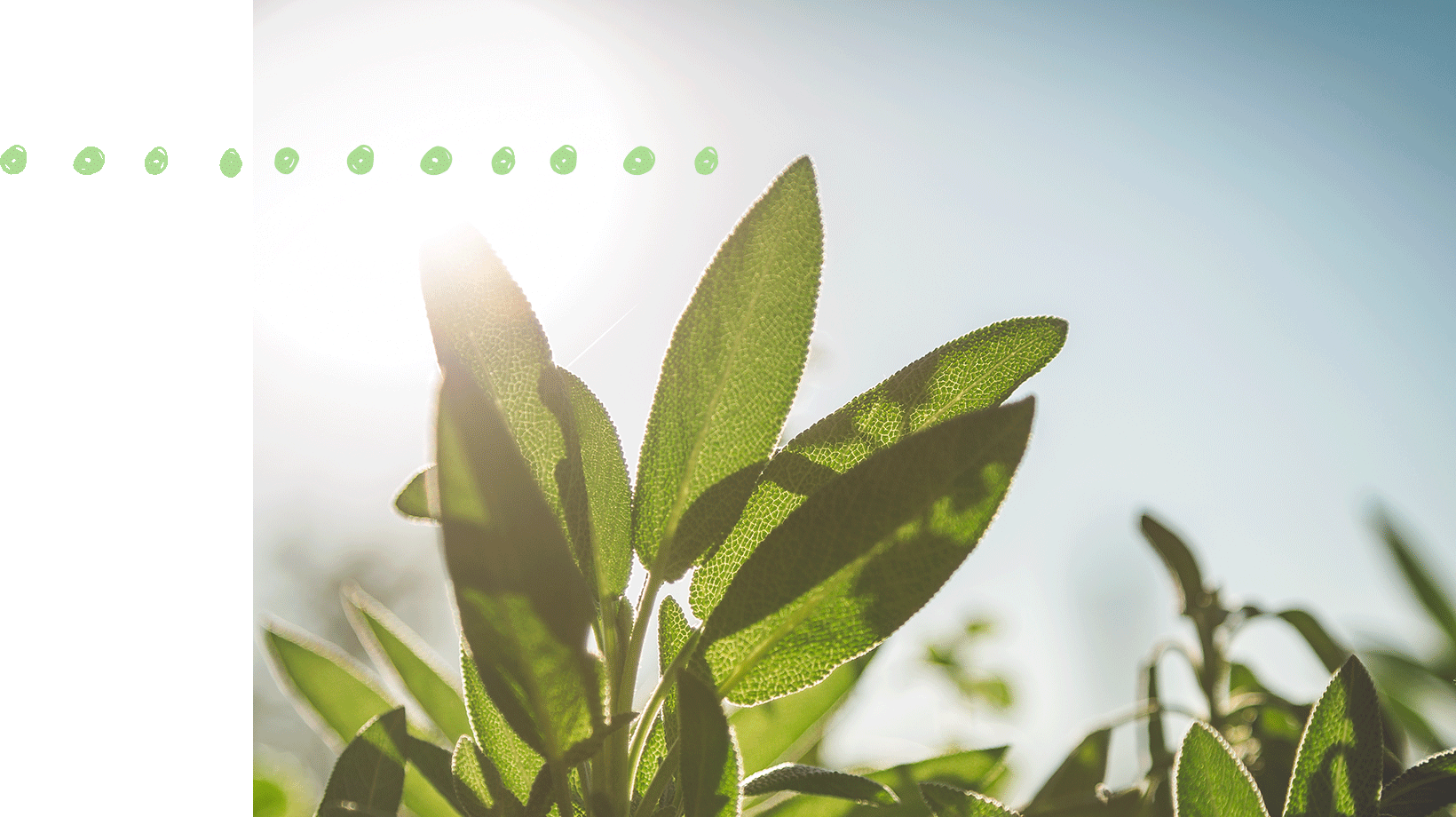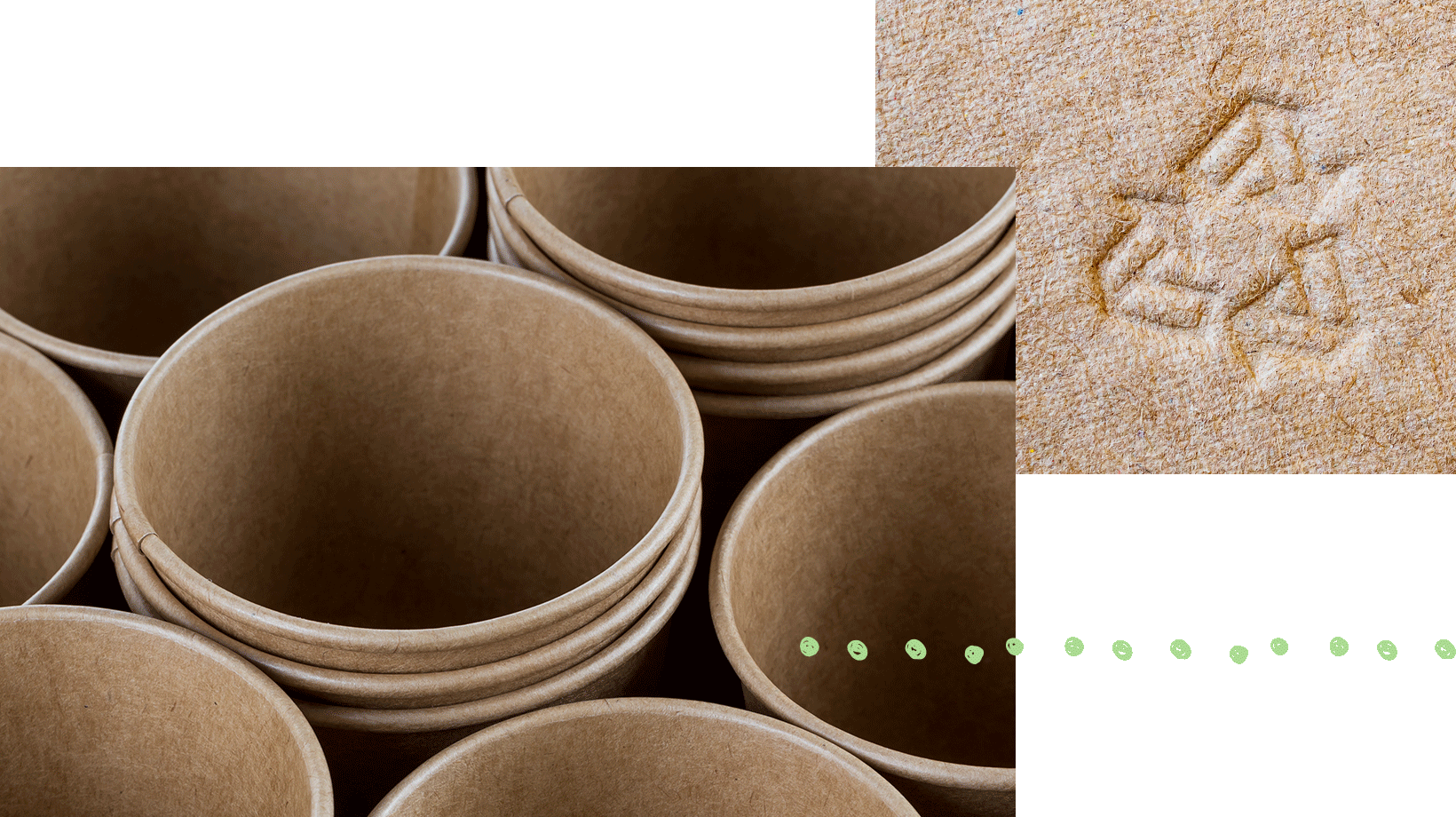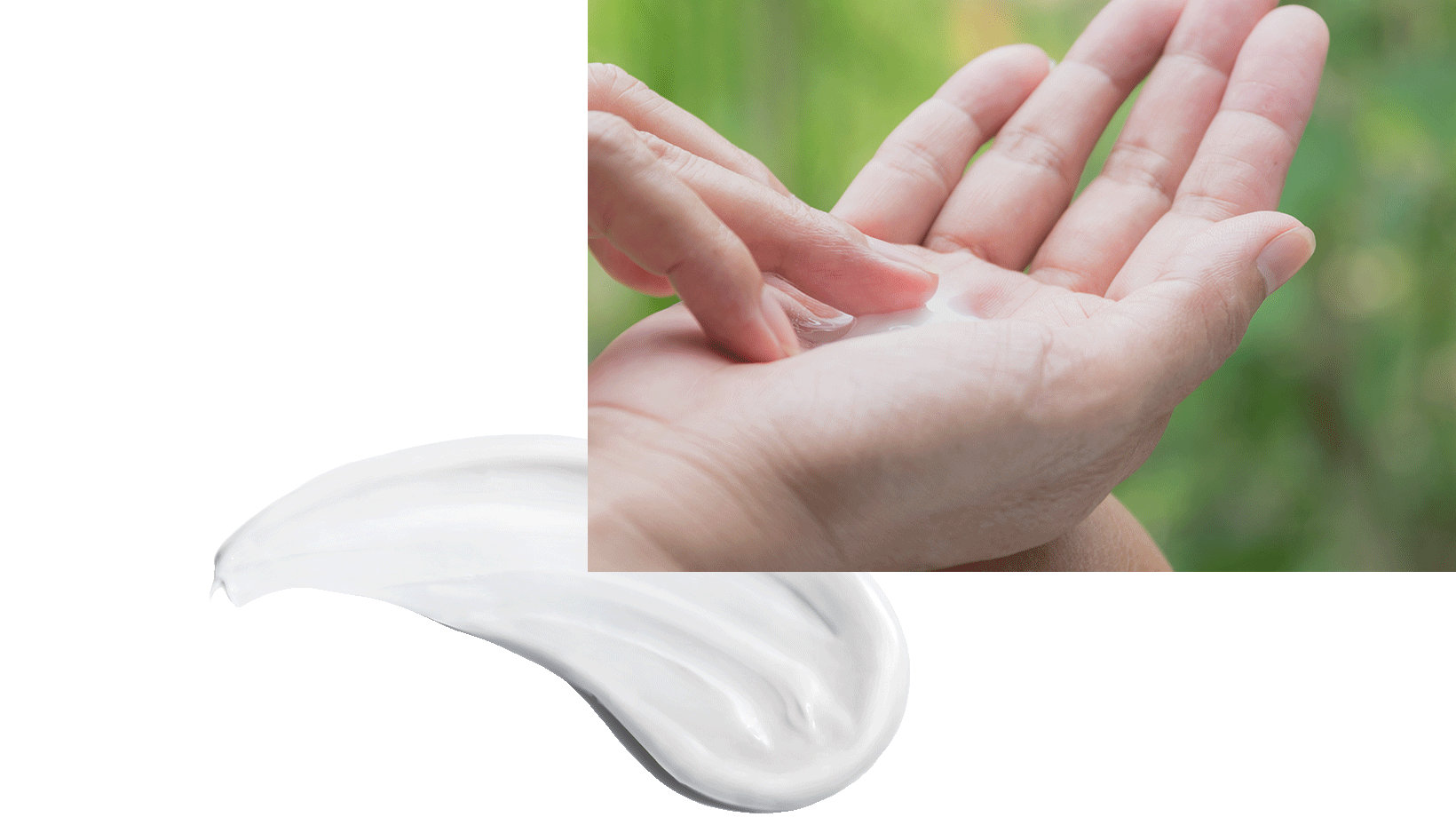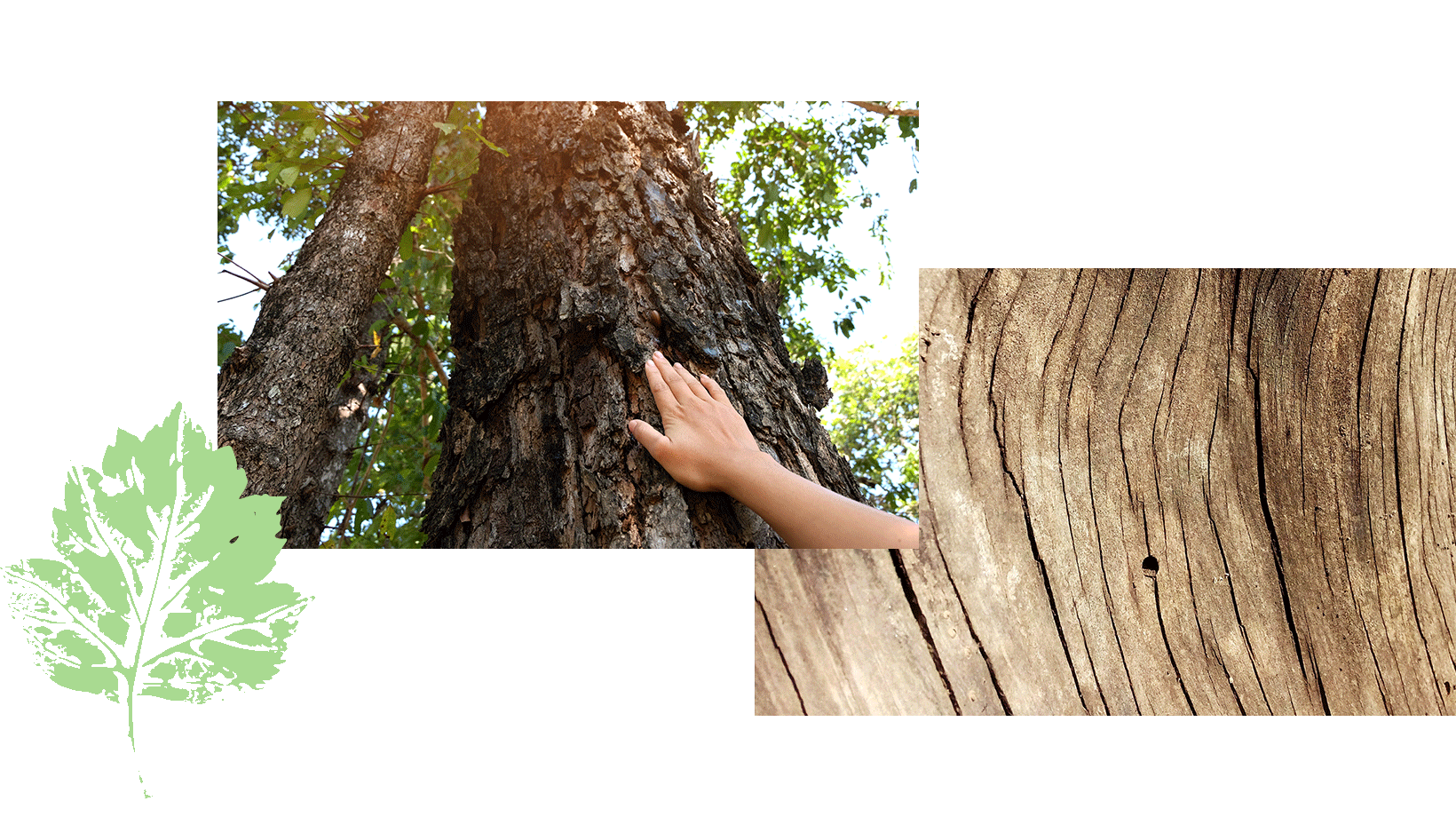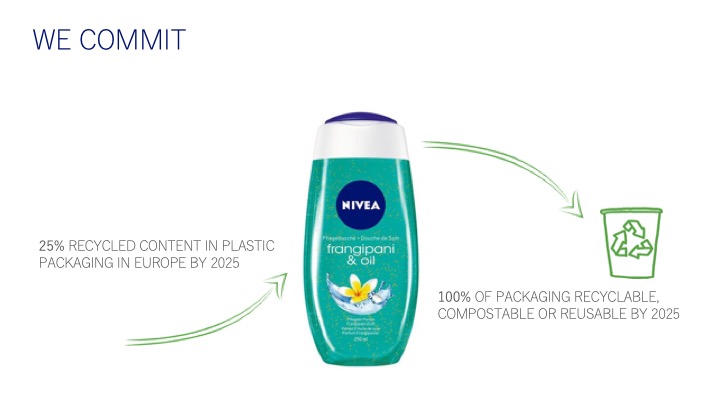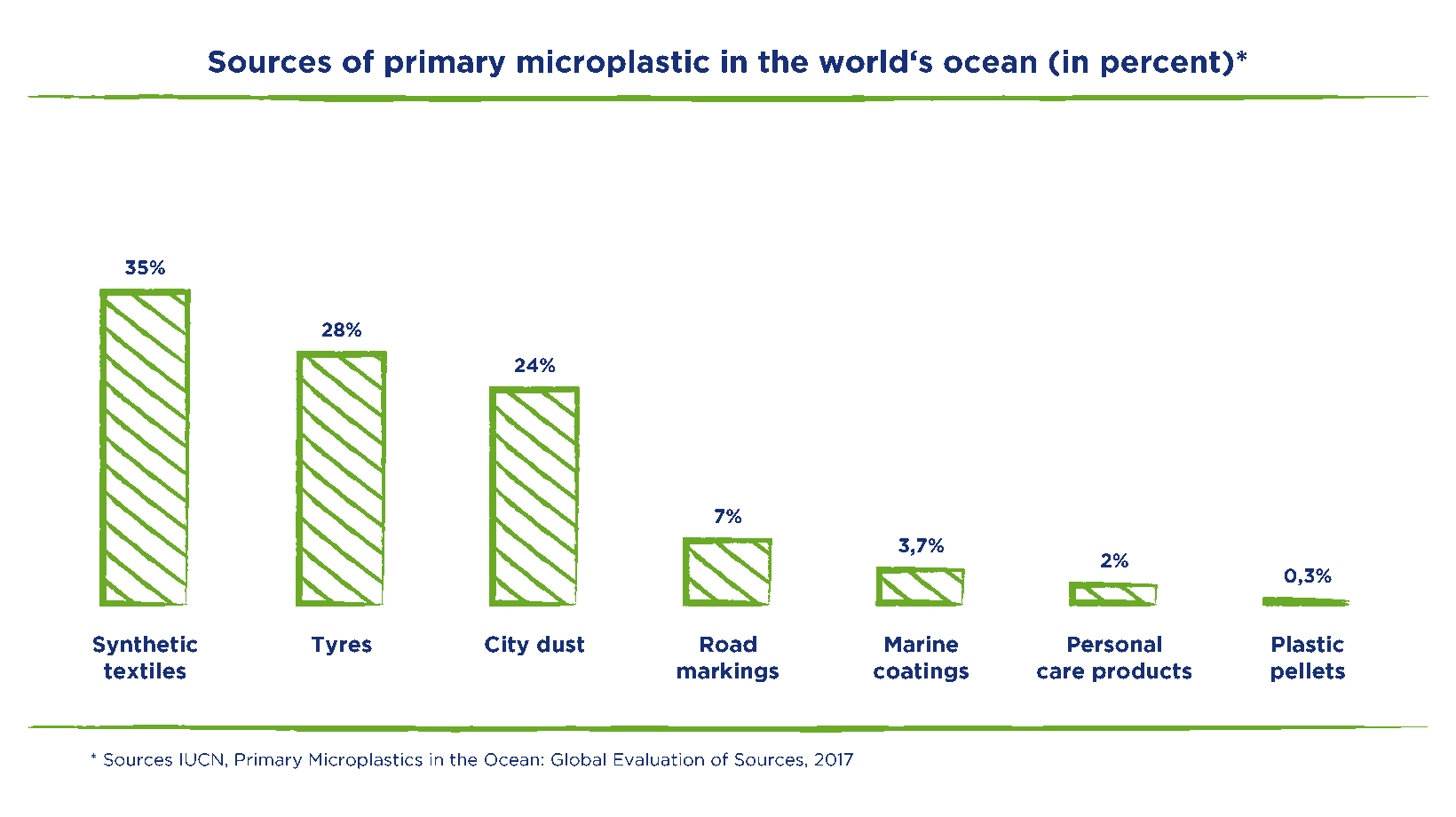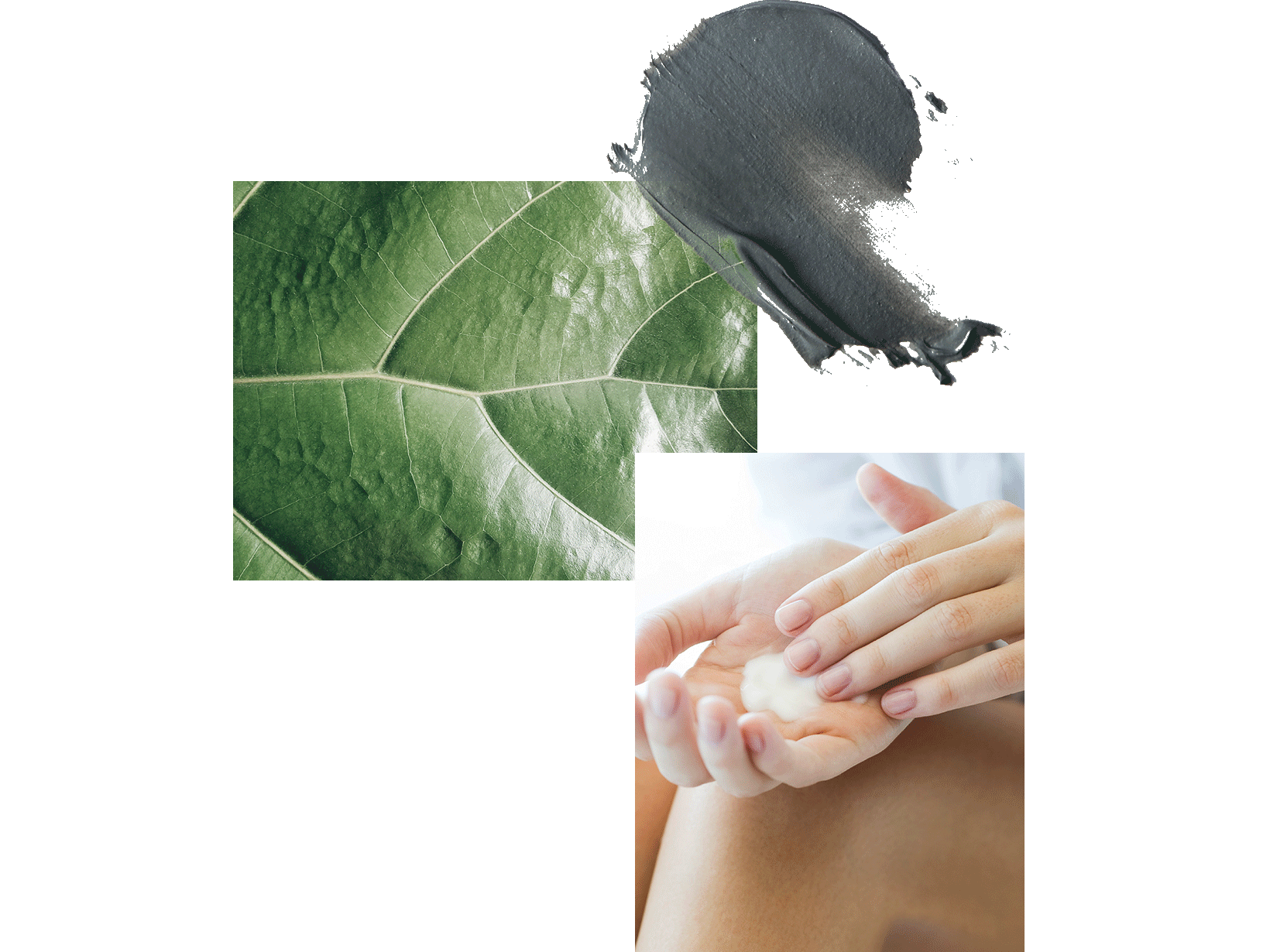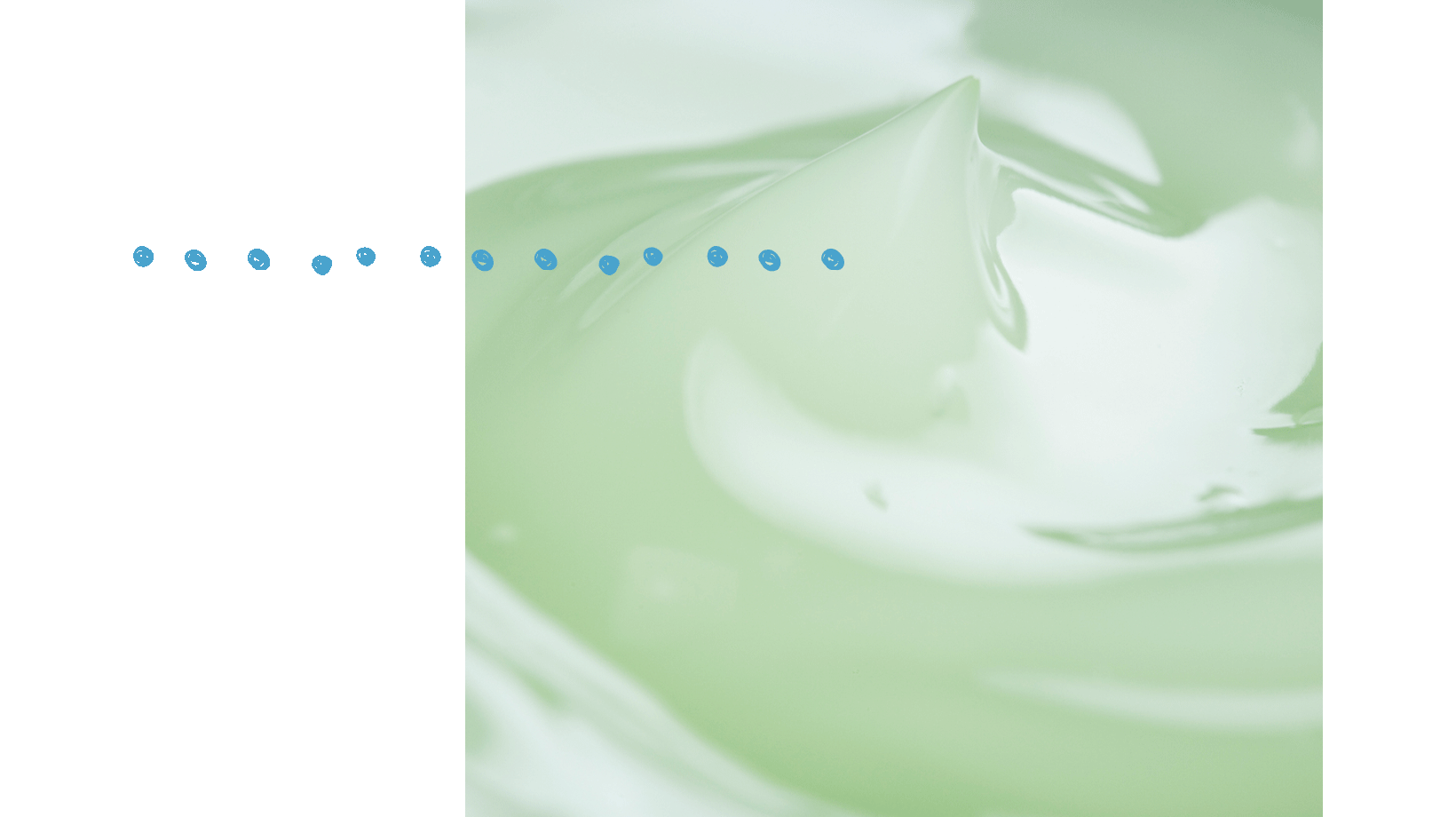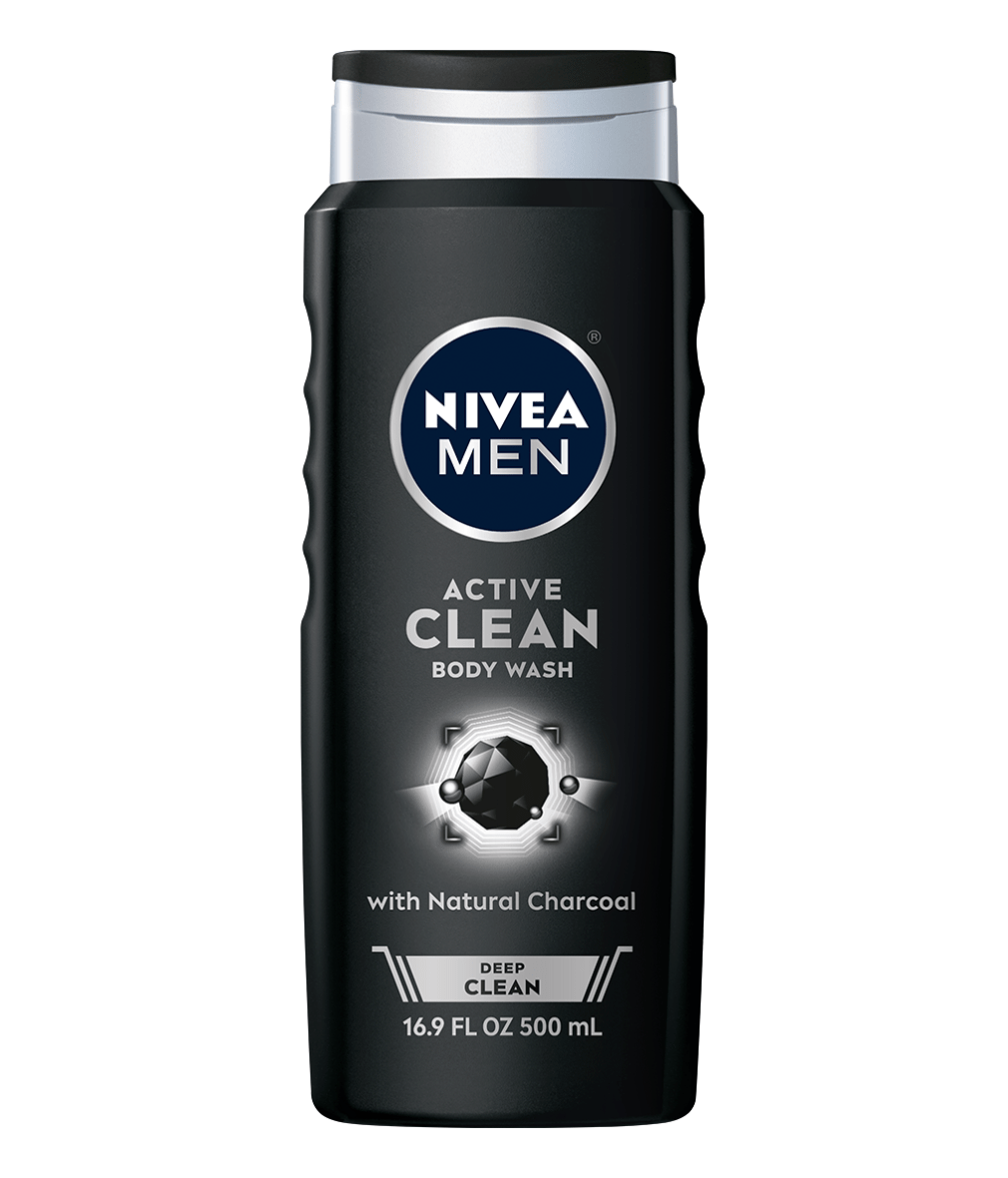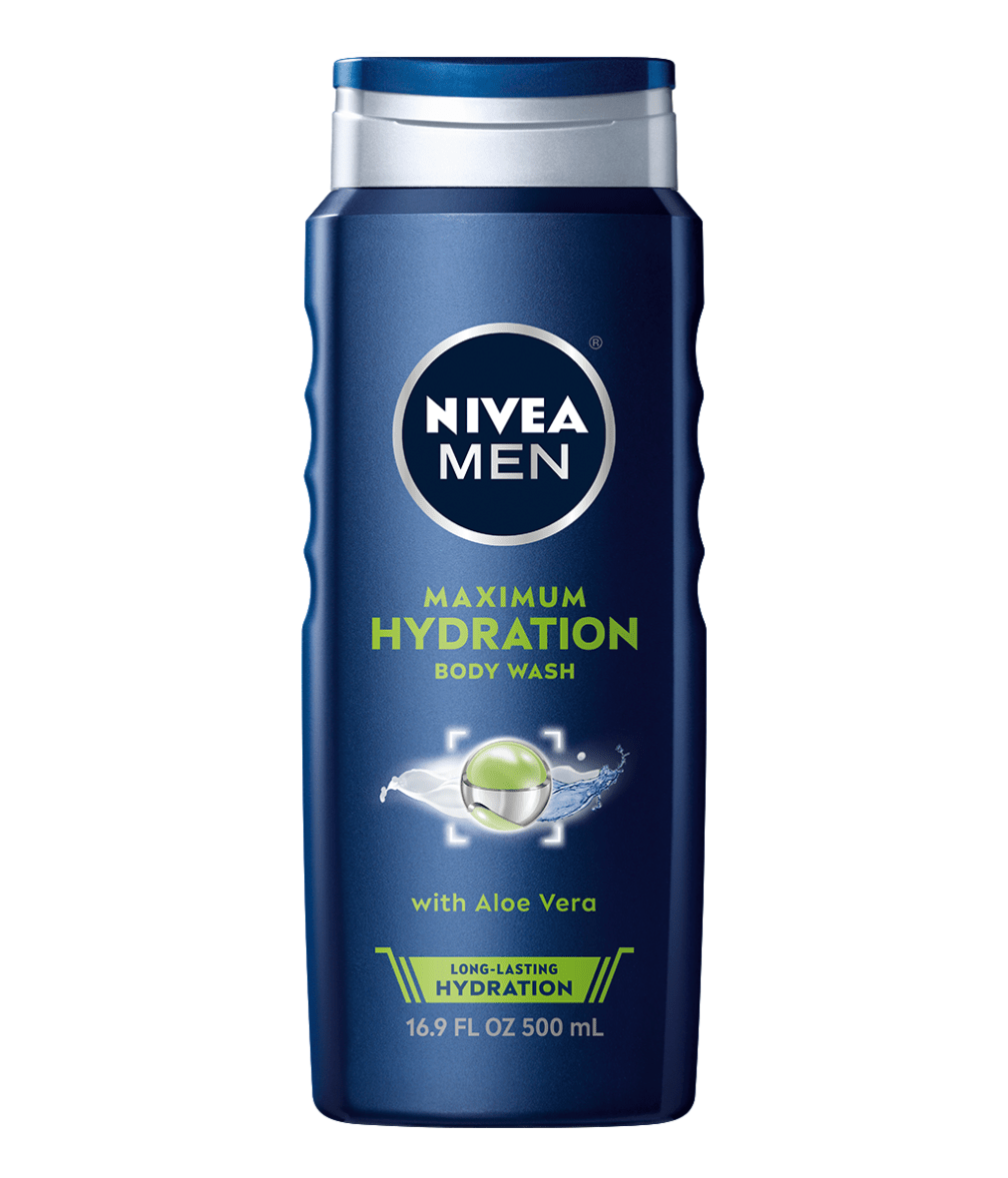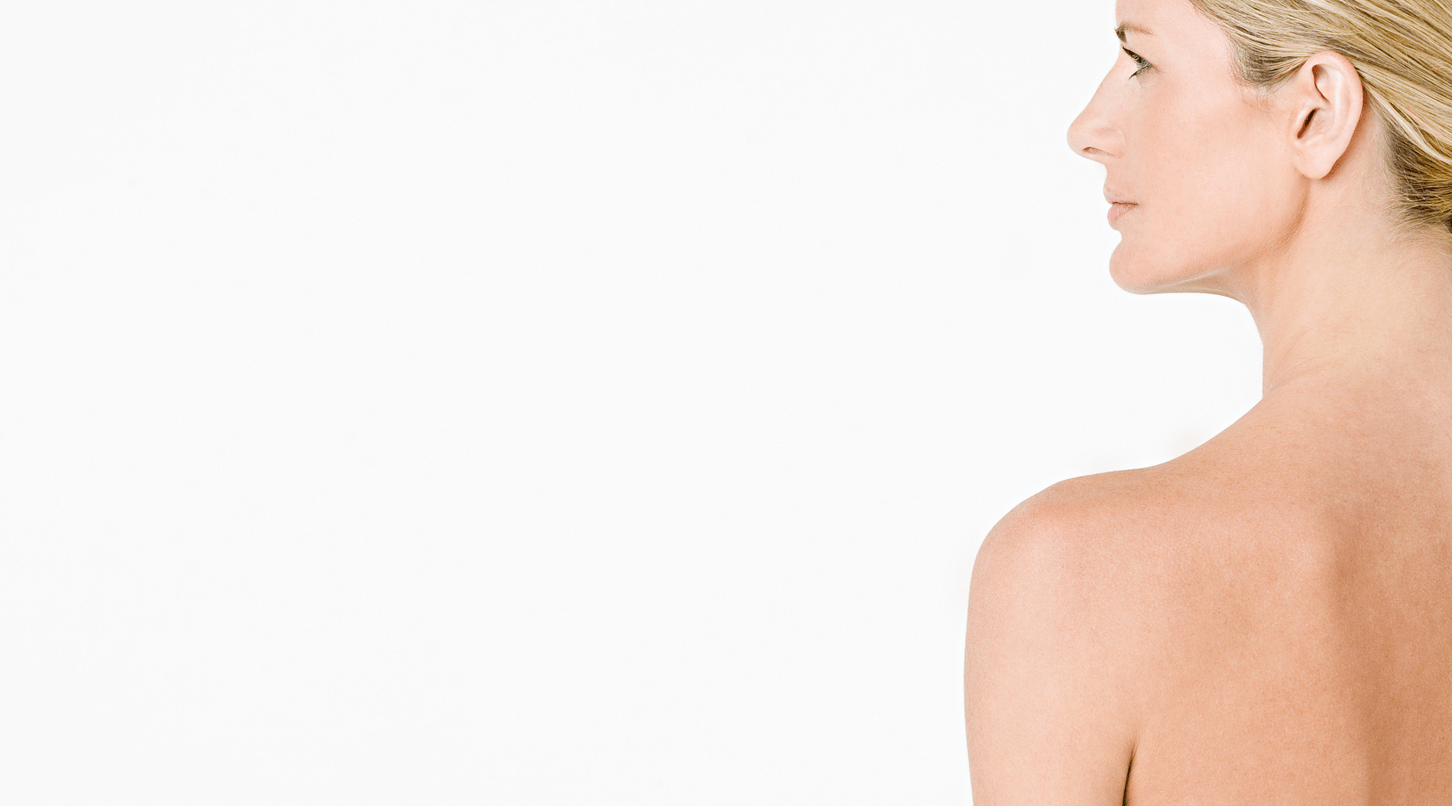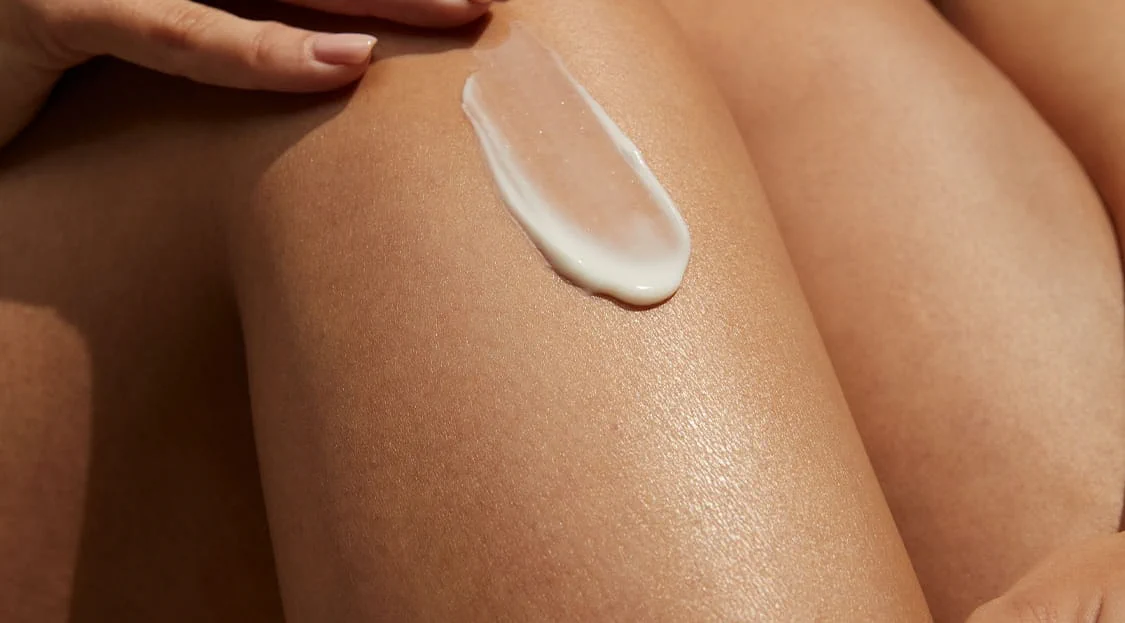In the past, we used small solid plastic particles made from polyethylene, so-called microbeads, in rinse-off, cleaning body care products (peelings, shower gels, etc.) for a skin-friendly peeling effect. In 2013, NIVEA decided to replace polyethylene peeling particles with environmentally friendly alternatives. Since 2015, our products contain no microbeads. Instead, NIVEA uses cellulose, silicon dioxide and castor wax. Cellulose is a biodegradable, organic material, which also occurs in plant fibers. Silicon dioxide is similar in its chemical composition to quartz sand, and castor wax is a natural, biodegradable raw material with a hard, wax-like consistency.
Eliminating microbeads was only the first step. Next, we are intensively working to fully replace the microplastics-based ingredients used to make some of our products opaque, giving them their characteristic color and appearance.
We aim to have the formula reworks for all our rinse-off products, meaning shower gels and shampoos, completed globally as soon as 2020. In parallel, we will replace nylon ingredients, which we use to improve the texture and sensory feel of some leave-on products. These are products that stay longer on the skin like some face cream products. Rest assured, achieving to have all NIVEA products globally free from microplastics is a high priority to us.
